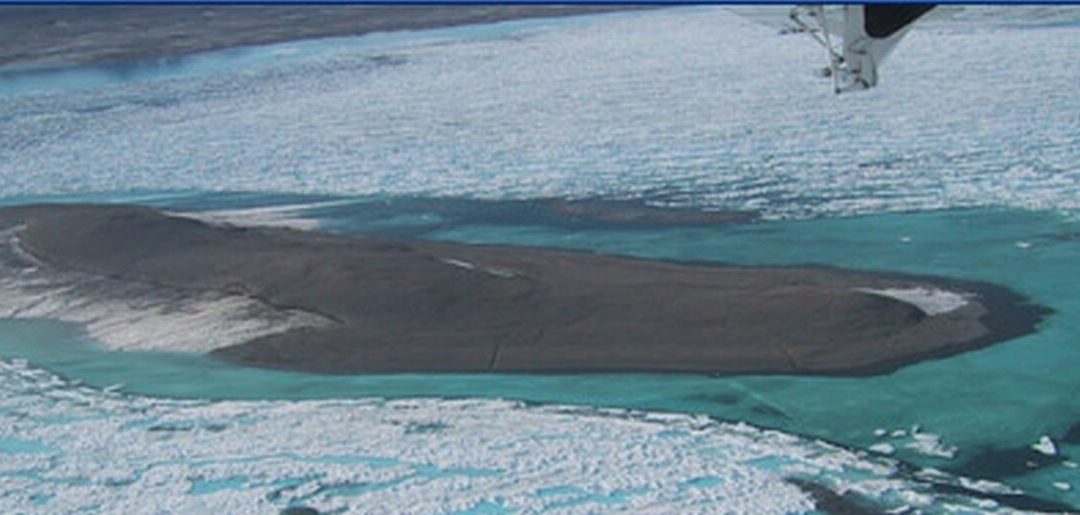Kaffeklubben Island is a tiny, remote landmass in the Arctic Ocean, holding the title of the northernmost island on Earth. Located off the coast of Greenland, this barren, icy outpost is one of the least explored places on the planet. Despite its isolation, The Island has drawn the interest of explorers, scientists, and adventurers. Here, we uncover 10 astonishing facts about The Island that make it a truly unique place.
Kaffeklubben Island Is the Northernmost Permanent Land on Earth
Kaffeklubben Island sits at an astonishing latitude of 83°40′N, making it the northernmost known permanent landmass. While shifting ice floes and temporary gravel banks occasionally form further north, The Island remains a stable, unmoving landmark in the Arctic wilderness. Its extreme location places it just a few hundred miles from the North Pole.
It Was Discovered Over a Century Ago
Kaffeklubben Island was first spotted in 1900 by American explorer Robert Peary. However, it wasn’t officially visited until 1921 when Danish explorer Lauge Koch set foot on the island. He named it “Kaffeklubben,” after a geological club in Copenhagen. Since then, the island has remained a remote and rarely visited landmark.
Kaffeklubben Island Has No Permanent Population
Due to its extreme Arctic climate, The Island has never been inhabited. The harsh conditions, freezing temperatures, and complete lack of vegetation make human settlement impossible. It is only visited by occasional scientific expeditions and Arctic explorers eager to reach the world’s northernmost point of solid land.
It Is Covered in Ice for Most of the Year
Kaffeklubben Island experiences one of the harshest climates on Earth, with temperatures regularly plummeting below freezing. The island remains covered in ice and snow for the majority of the year, only experiencing brief thawing periods in the summer. Even during its warmest months, temperatures rarely rise above 1°C (34°F).
There Is Minimal Life on Kaffeklubben Island
Despite the extreme conditions, some hardy life forms have been found on The Island. Researchers have discovered moss and a few tiny Arctic plants capable of surviving the brutal cold. Additionally, occasional birds and Arctic foxes visit the island, though permanent wildlife is virtually nonexistent.
Kaffeklubben Island Is Constantly Challenged as the Northernmost Land
While Kaffeklubben Island is officially the northernmost permanent landmass, small shifting gravel islands occasionally emerge further north. These temporary formations, often created by ice movements and sediment deposits, challenge its status. However, because they are not stable, The Island retains its title as the true northernmost land.
It Is Technically Part of Greenland
Administratively, Kaffeklubben Island is part of Greenland, which is an autonomous territory of Denmark. Though no one lives there, it is considered Greenlandic territory. The island plays a symbolic role in marking the northernmost point of Danish-controlled land.
It Experiences Six Months of Darkness and Six Months of Light
Like much of the Arctic, Kaffeklubben Island experiences extreme seasonal shifts in daylight. From April to September, the island has continuous daylight, known as the Midnight Sun. Conversely, from October to March, it plunges into complete darkness during the Polar Night, with no sunlight for half the year.
Kaffeklubben Island Has Been Studied for Climate Change Research
Scientists have conducted studies on The Island to understand the effects of climate change in the Arctic. Due to its isolated location and extreme conditions, it serves as an important reference point for tracking ice loss, rising temperatures, and shifts in Arctic ecosystems.
Reaching Kaffeklubben Island Is Extremely Difficult
Visiting The Island is a challenging endeavor. The island is surrounded by thick sea ice for most of the year, making travel nearly impossible. Only specialized expeditions with icebreaker ships or aircraft can reach this remote landmass. Those who do make the journey experience one of the most desolate and untouched places on Earth.
Conclusion
Kaffeklubben Island is a truly remarkable and extreme place, holding the title of the northernmost permanent land on Earth. Despite its harsh climate, shifting ice, and near-inaccessibility, it remains a subject of fascination for explorers and scientists alike. Whether it is studied for climate change, Arctic biodiversity, or sheer geographical curiosity, The Island stands as a testament to the rugged beauty of our planet’s most remote corners.
FAQs
Q1. Where is the northernmost permanent land located?
It is in the Arctic Ocean, off the northern coast of Greenland, at approximately 83°40′N latitude.
Q2. Can people visit this remote island?
Yes, but it is extremely difficult. Only specialized expeditions with icebreaker ships or aircraft can reach it due to thick sea ice.
Q3. Does this landmass have any wildlife?
There is very little wildlife, but some Arctic mosses, tiny plants, and occasional birds or foxes can be found.
Q4. Is this region affected by climate change?
Yes, scientists study it to monitor Arctic warming, ice loss, and ecosystem changes.
Q5. Why was this island given its name?
It was named by Danish explorer Lauge Koch in 1921 after a geological club in Copenhagen.
Also read: Can a Polar Bear Eat a Falcon? 10 Shocking Truths You Won’t Believe.

